Apple intends to improve its AI products, Siri and Genmoji, by developing better detection capabilities without accessing personal communication content. Apple released a method that functions with artificial data and privacy mechanisms. Vacuumed fake data enables Apple to enhance its AI systems without learning any personal information.
People have complained that Apple’s AI features, like email summaries, are not as good as Google’s or ChatGPT’s. Now, Apple is fighting back—but in a way that keeps your data safe.
How Apple’s New Privacy Tools Work
Apple uses two main ideas to improve its AI.
Fake Data That Acts Real
The Apple AI system generates fake digital messages, along with simulated photos and text exchanges. The fabricated samples present as genuine user content, although they exist only in computer code. A fabricated email message would contain words such as “Let’s meet for coffee tomorrow at 10 AM.” Through its fake content generation, Apple enables its artificial intelligence system to perceive patterns without reviewing personal communication messages.

Adding “Noise” to Hide Your Identity
When Apple wants to know what people are asking Siri or Genmoji, it adds random fake answers to the real data. Imagine mixing 100 real questions with 100 fake ones. This “noise” makes it impossible for Apple to know which questions came from you.
What Is Synthetic Data?
Synthetic data is like practice material for AI. Think of it as flashcards for a robot. Apple makes fake examples of emails, photos, or messages. The AI studies these to learn how to handle real tasks, like summarizing your emails or creating emojis.
Why This Matters for iPhone Users
If you let Apple collect device analytics (which is optional), your phone might help in a small way. For example, Apple sends fake email examples to your phone. Your phone checks if those fake examples match the real emails you have. It then sends back a simple “yes” or “no” without sharing your actual emails.
This helps Apple figure out what kinds of emails people get. Do they get lots of meeting invites? Shopping receipts? The AI learns from trends, not your personal life.
What Apple’s AI Is Learning Right Now
Apple is using this method to upgrade several features.
Genmoji (AI emojis)
The AI studies popular prompts like “cowboy dinosaur” but never sees your emoji requests.
Email Summaries
Fake emails teach the AI how to write better previews for your inbox.
Future Tools
Apple plans to use this trick for photo editing (Image Playground) and writing helpers.
The Trade-Offs: Privacy vs. Performance
Some experts say Apple’s AI might still lag behind Google or OpenAI. Why? Because fake data is not as good as real data. For example, Google’s AI reads billions of real emails to learn. Apple’s AI only studies fake ones.
However, Apple thinks privacy is worth the trade. Jason Hong, a tech professor, says, “Apple is choosing to protect users, even if it means slower AI progress.”
How to Opt-Out (If You Want)
You can stop Apple from using your phone for AI training. Go to Settings > Privacy & Security > Analytics & Improvements. Turn off “Share Device Analytics.” Only people who leave this on help Apple improve its AI.

The Big Picture
Apple’s approach shows how tech companies can balance innovation and privacy. While rivals like Google use real data to build smarter AI faster, Apple is taking a slower, safer path. For users who care about privacy, this might be a good deal.
As Apple rolls out these upgrades, iPhone owners will see Siri and Genmoji get better over time. But remember, no system is perfect. If you want the smartest AI, you might have to sacrifice some privacy. Apple is betting that many people would rather keep their data safe.
The new method might revolutionize corporate approaches to AI management for every organization. Apple’s successful demonstration of fake data use could motivate additional companies to adopt equivalent strategies, thus creating enhanced security across the internet domain.





